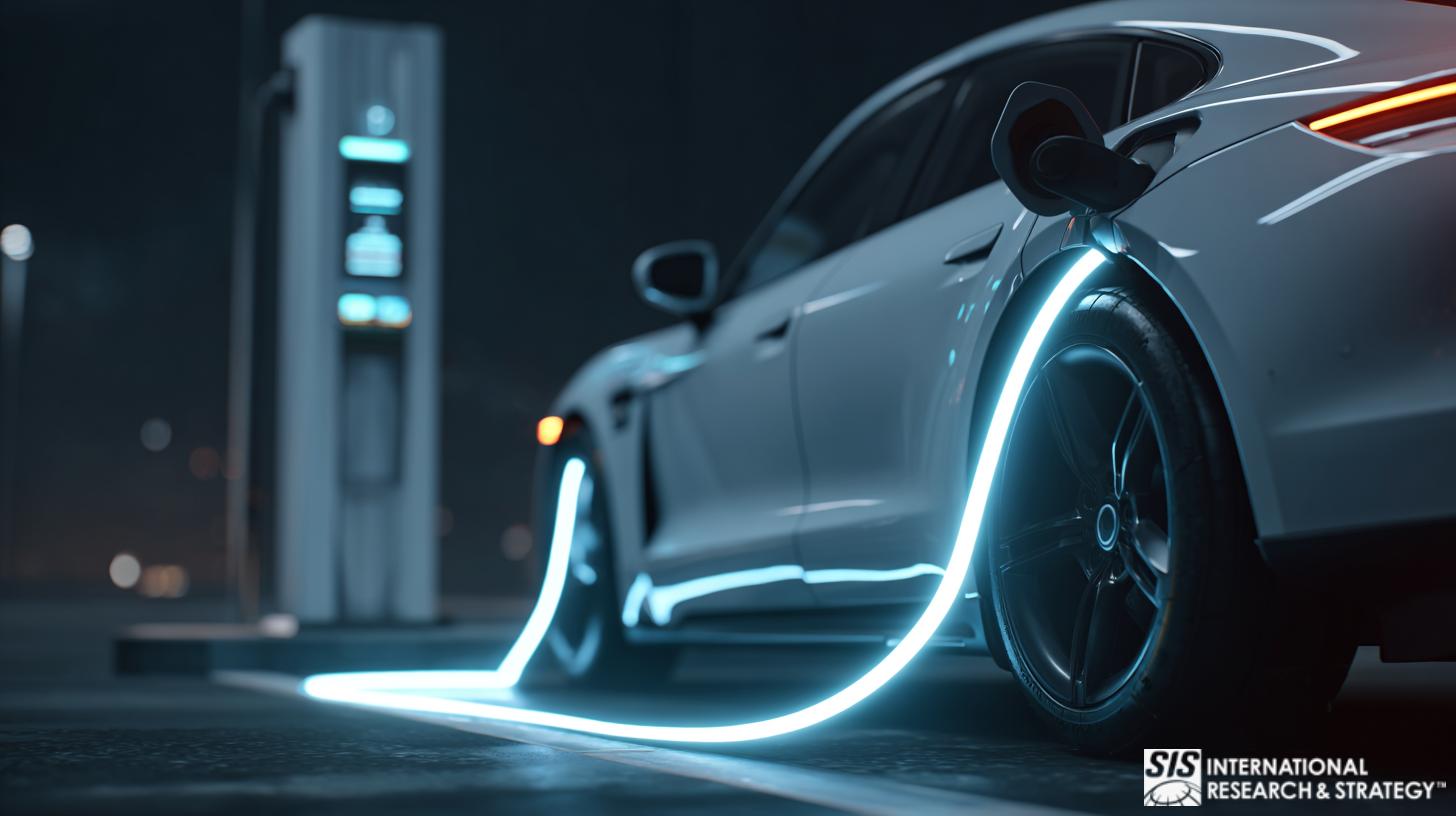
Es gibt einen wichtigen Unterschied zwischen Hybridfahrzeugen und Elektrofahrzeugen (EVs).
Hybrid vehicles, such as the Toyota Prius line, are powered by both an electric engine and an Internal Combustion Engine (ICE), which is the traditional engine fueled by petrol or Diesel. Electric Vehicles (EVs), by definition, are powered by an electric engine only. A large number of battery cells deck the floor of an EV. The recharging of the battery is simply done by an electric plug, usually at the user’s home.
Gelegenheiten und Herausforderungen
Most automotive manufacturers have completed their model line-up with Hybrids. However, only a few propose exclusively electric cars. The leader in terms of sales for the Current Year 2013 in the US EV segment is the Chevrolet Volt and the Nissan Leaf. Then comes the premium brand Tesla with its newly launched Model S. The volumes in the Hybrid segment are very different. The industry leader is considered Toyota, and its Prius line. The followers are Ford, with its Fusion Hybrid and C-Max Hybrid, and Hyundai Sonata.
The reasons behind the leadership in these segments are diverse and require a thorough industry analysis. However, one can easily assume that first-mover advantage plays a significant role in terms of branding, economies of scales and technology advantage. In fact, Toyota was the first to launch hybrid versions and is still on top of that market. In the same way, Nissan and Chevrolet were pioneers in the mass market EV in 2009/10 and still hold a leadership position.
Angesichts der starken Konkurrenz und der vielfältigen Differenzierungsbemühungen der Automobilhersteller sind Verkaufszahlen bzw. Markt- und Segmentanteile wichtige Erfolgsindikatoren in dieser Branche.
Regulierung von Elektroautos
Regulation on C02 emission and gas consumption is a main reason that pushes manufacturers to develop and market low or zero emission vehicles. In a global industry, an increasing number of countries have adopted tax incentive schemes that favor the sales of hybrid and EV over traditional more fuel-consuming cars. For instance, France has Bonus/Malus scheme, where a cash amount is offered to the buyers of hybrid and EV vehicles. The same applies to Holland.
Die USA haben kürzlich ähnliche Steuerregelungen für Autos eingeführt, aber die regulatorischen Rahmenbedingungen sind weniger streng. Diese Marktdynamik und ein möglicher „Halo-Effekt“ um die Marke veranlassen alle Hersteller dazu, Hybrid- oder Elektromodelle anzubieten. Daher stellt sich die größere Frage, welche Strategien die Hersteller für ihre Modellpalette verfolgen wollen.
Einblicke der Kunden
Customers of hybrids and EVs are for most part environmentally conscious above 50 year old upper income class individuals. Thus, while it makes sense to offer a hybrid or EV family sedan or compact car for urban environment, this product strategy does not find rational for full size heavy duty trucks. Likewise, Ford offers hybrid and EV for the Fusion and the Focus respectively, but remains on ICE for its flagship F-150.
EVs and Hybrids are priced at a premium over similar ICE models with same equipment level. Manufacturers have performed extensive price vs. value analyses in order to find out what the premium would be that the customers are willing to pay to drive a low emission car.
Die Auswirkungen auf die Branche insgesamt sind nicht klar, da die Stückzahlen für Elektro- und Hybridfahrzeuge noch recht gering sind. Auf Segmentebene können Preisstrategien für Elektro- und Hybridfahrzeuge jedoch als eine Differenzierungsstrategie gegenüber den nicht zur Premiumklasse gehörenden Verbrennungsmotorensegmenten angesehen werden. Mit anderen Worten: Eine nicht zur Premiumklasse gehörende Marke wie Nissan oder Toyota ist möglicherweise in der Lage, ihre Hybrid- und Elektrofahrzeuge auf demselben Preisniveau wie einen Mini, einen BMW oder einen Audi anzubieten. Angesichts der Größe, die Nissan und Toyota im Laufe der Jahre erreicht haben, sind die Grenzkosten für die Herstellung eines Hybrid- oder Elektrofahrzeugs stark gesunken, was zu einer höheren Grenzrendite für ihre Hybrid- und Elektrofahrzeuge geführt hat.



